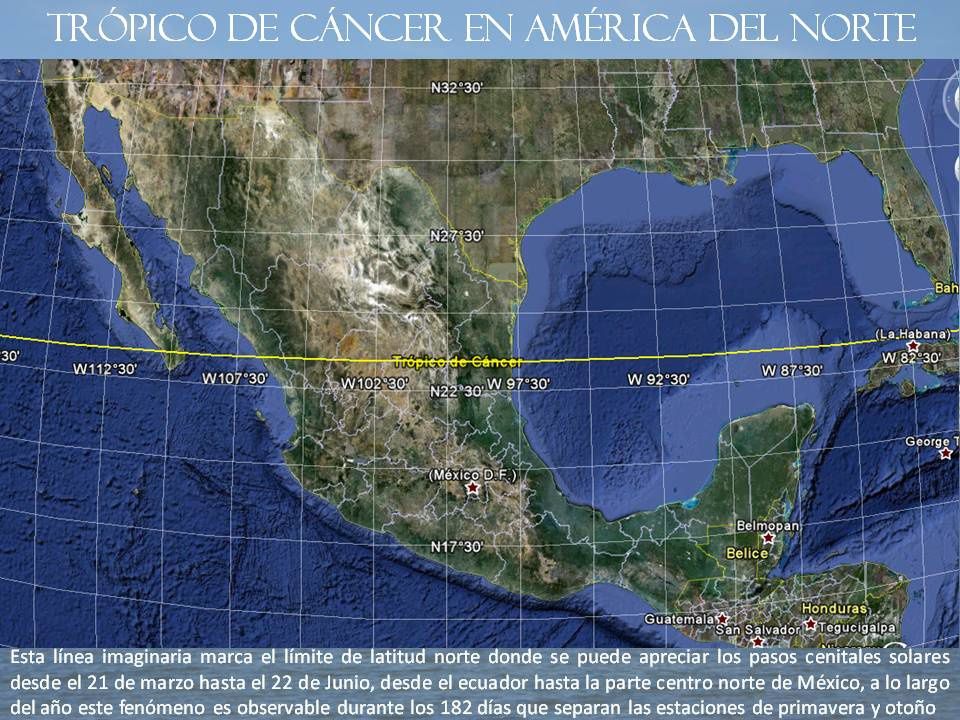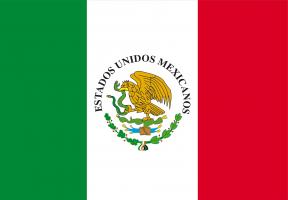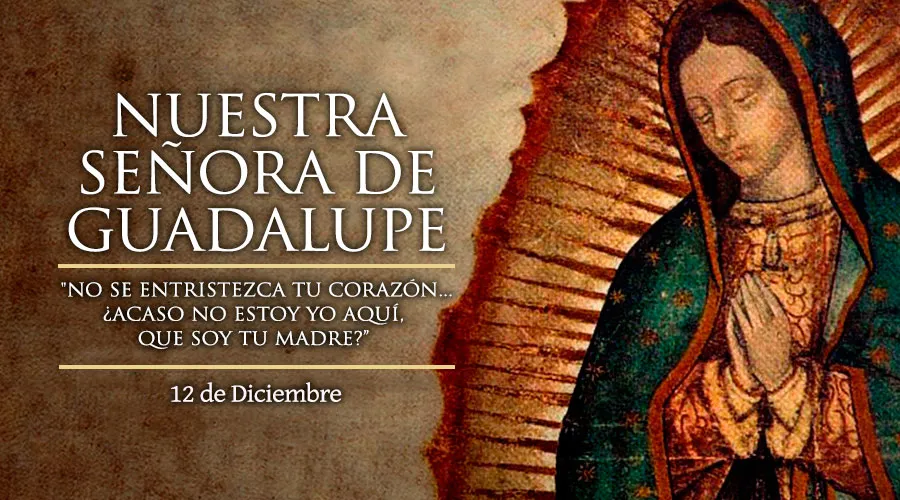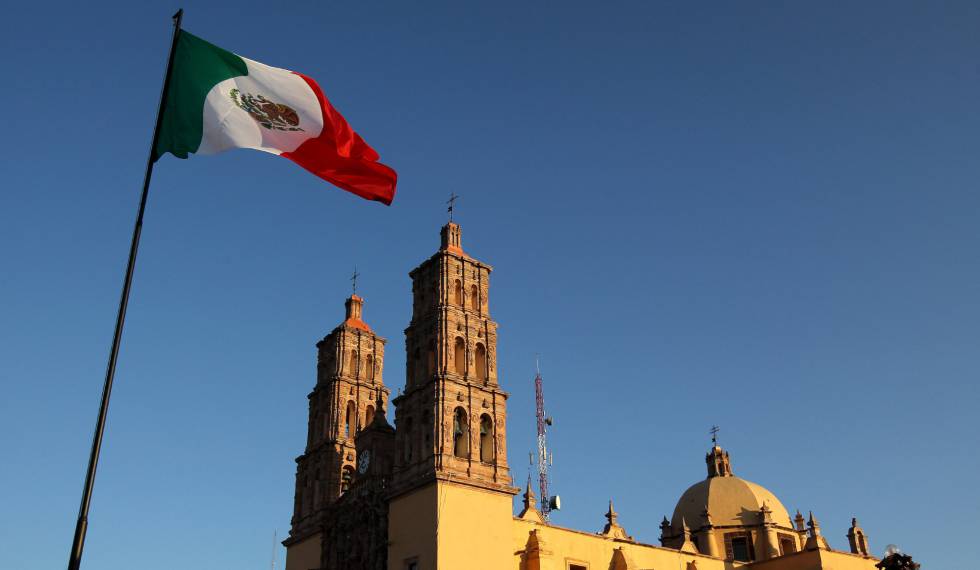History of the apparition of the Virgin of Guadalupe
The legend begins on a Saturday in the year 1531 with Juan Diego, a young indigenous man who undertook the early morning march from his town to Mexico City to receive catechism classes and attend Saturday Mass. Passing through the Tepeyac hill, he stopped intrigued to answer the call of a voice that said his name. When climbing to the top of the hill he observes a lady of superhuman and luminous picture who presents herself as the virgin Mary Mother of God. She asks her in a sweet voice to go with the bishop with the greatest possible diligence to ask that she build a temple on that site, a space where she can demonstrate love, compassion, sacrifice, dedication for all the beings who inhabit that land and who trust her.
When he returns again Juan Diego explains that the Bishop needs a sign, a divine fact that proves that in fact she was tWhen he returns again Juan Diego explains that the Bishop needs a sign, a divine fact that proves that in fact she was the Virgin Mary mother of God, so he invites him again to return tomorrow and he will obtain such a sign. Juan Diego does not return because his uncle falls seriously ill and a few days later, on December 12 at dawn, he decides to go for a priest since his uncle is about to expire. When passing through the site of the apparition he tries to deviate to avoid it but again the virgin goes out to meet him. Juan Diego embarrassed explains and she tells him not to worry because his uncle is already well and invites him to go to the top of the hill to look for the proof that the bishop requested. The young man climbs and cuts Roses of Castile which he wraps.
When you take it in front of the bishop and unfold her blanket, the image of the Virgin of Guadalupe is painted on it. Hence the bishop took the image and had a temple built on the site of the apparition. The Catholic Church has called her “Patroness of all Latin America”,” “Empress of the Americas”, “The Celestial Missionary of the New World” and “Mother of the Americas”, reaffirming and institutionalizing Marian devotion. From here begins the veneration for the Virgin of Guadalupe and her miracles.
Transcendence of the Marian enclosure
The Basilica of the Virgin of Guadalupe located in the Gustavo A. Madero mayor’s office in Mexico City, is one of the most important Catholic churches in Mexico. It constitutes a true phenomenon of pilgrimage since throughout the year thousands of believers (20 million) attend their spaces to profess their adoration of the Virgin, but it is in the month of December when the presence of the faithful multiplies. It is one of the most visited religious precincts in the world after St. Peter’s Basilica in Vatican City. Its transcendence goes beyond the religious touching the cultural by the imposing and majestic architecture that it boasts and by the multitudinous attendance of faithful believers of the miracles of the virgin which makes it the most visited Marian enclosure in the world.
History
At first a small hermitage was built on the top of the Tepeyac hill, some research suggests that in this place the original image could have been kept in the first years, the increase in the number of visitors, demanded a larger space due to the instability of the terrain.
It was then that to house the Marian image At the end of the seventeenth century began the construction of what is now known as the former basilica, a building suitable to receive the thousands of pilgrims that in those years already flooded on the hill of Tepeyac, its construction ended in the year of 1709 where a sumptuous ceremony, and with the degree of basilica, this building was inaugurated, and whose main purpose was to protect, and have on display, the tilma of Juan Diego with the image of the virgin in it.
The former basilica was designed by architect Pedro Arrieta. Its façade consists of four octagonal towers and its corners adorned by beautiful mosaics of talavera tiles. Its walls are constituted in true works of art with elaborate inlays.
Over the centuries, it was that new spaces were required by the increase of thousands of tourists, national and foreign, who profess the Catholic cult towards the apparitions of the Virgin Mary. In the middle of the last century there was great deterioration in its structure and subsidence in its bases. This, together with the increase in believers who made insufficient space to house them in religious services, made the decision to close its doors after 267 years for safety and undertake the construction of a new one.
With the construction of the new Basilica is replaced the old Sanctuary of Our Lady of Guadalupe, today its official name is Temple Expiatory to Christ the King. The new Basilica of Santa Maria de Guadalupe was completed in 1976. The area it occupies is 10 thousand square meters so it becomes the largest Catholic building in Mexico.
Its construction also responds to the urgency of moving the venerated image of the Virgin of Guadalupe to a modern, majestic enclosure, capable of housing the thousands of visitors who every year pilgrimage to its spaces to profess devotion to the brown virgin. The small spaces of the old church were overwhelmed by the number of people growing each year and by the instability of the terrain.
Architecture of the Basilica
The Basilica of Santa Maria de Guadalupe is located south of Cerro Tepeyac; it was built with reinforced concrete for the surface structure and lined with copper sheets. The circular structure of its dome is intended to be a striking green color due to the oxidation process of the copper sheets that cover it. Its shape and its peculiar emerald green color immediately capture attention.
In its design there were several architects who ingeniously shaped a cement structure resistant to the seismic attacks of the city: José Luis Benillure, Pedro Ramírez Vásquez, Alejandro Schoenhofer, Fray Gabriel Chávez de la Mora and Javier García Lascuraín. This anti-seismic structure and adaptable to any telluric movement was reinforced by 344 control piles deeded by the engineer Manuel González Flores.
Its design allowed to estimate 7 wide accesses around the circular perimeter to facilitate the entry and exit of numerous people and avoid the multitudinous congestion that conventional doors could cause. The absence of columns inside facilitates the broad vision of the parishioners attending each Eucharist and the great cross that unfolds in the atrium. Above it a monogram of Mary that can be visualized from different angles by the circular arrangement of the plant and free of columns.
Religious buildings of Tepeyac
Actually the site or the hill of Tepeyac constitutes a set of religious buildings and churches that crown with the new Basilica of Our Lady of Guadalupe. Among them are the Chapel of Indians, a church built in 1649 which had the image of the Virgin of Guadalupe until 1709 when it was transferred to the old Basilica. Juan Diego lived here, the indigenous man to whom the Virgin appeared according to history until 1548, the day of his death and where his remains rest. The Chapel of Cerrito is a chapel that was built on the site where according to history the miracle of fresh flowers happened next to Juan Diego and the apparitions of the Virgin Santa María de la Guadalupe that preceded her. By 1740 the construction of the current temple was ordered which contains murals by the painter Fernando Leal who tells the story of the apparitions.
Today the Convent of the Carmelites operates in it. The Tepeyac Cemetery or Tepeyac Pantheon dates from the viceregal or colonial era. It is still in full force and was built in 1740 next to the Chapel of Cerrito as a building attached to it. This Pantheon houses different personalities of Mexican history and was declared a national historic monument. Chapel of Pocito located on the eastern slope of Tepeyac hill. Completed its construction in 1791, it was built on waters that were considered miraculous so it attracted many pilgrimages of believers, resulting in a focus of infections since many sick people took its waters forcing the closure of it.
This small chapel turns out to be a Baroque architectural jewel with a unique circular plan in its time, seventeenth century, found in Mexico. Temple and Old Convent of the Capuchins which has housed over the years the picture of the Virgin of Guadalupe in case of remodeling of the old Basilica. Completed by 1797, the church was occupied by Capuchin mothers of Santa María de Guadalupe. Due to the instability of the soil, its bases are somewhat sunken which was corrected with the use of control piles. There is also the historical archive of the Basilica of Guadalupe where documents, books and scores from the time of the viceroyalty are kept. The Museum of the Basilica of Guadalupe was opened for 1941 on the north side of the old Capuchin temple and houses an important collection of New Spanish art such as painting, sculpture, jewelry, goldsmithing and other manifestations.
Art in the Basilica.
The stained glass windows or stained glass windows on the walls of the Basilica transmit an atmosphere of spirituality and recollection as natural light passes through its colors flooding the enclosure with the most diverse chromatic tones.
The piece that is observed in the tabernacle is a mural painting called “The Gift of the Resurrection” by the artist Pedro Medina Guzmán, commissioned by Monsignor Guillermo Schulenburg, abbot of the Basilica in 1980. Also the murals painted in the crypts with the themes of the Guadalupan apparitions to Juan Diego. There is no doubt that with the existence of this devotional complex in honor of the Virgin of Guadalupe the faith is reinforced, not only of the Mexican people but also from other latitudes that fervently attend these spaces.
























